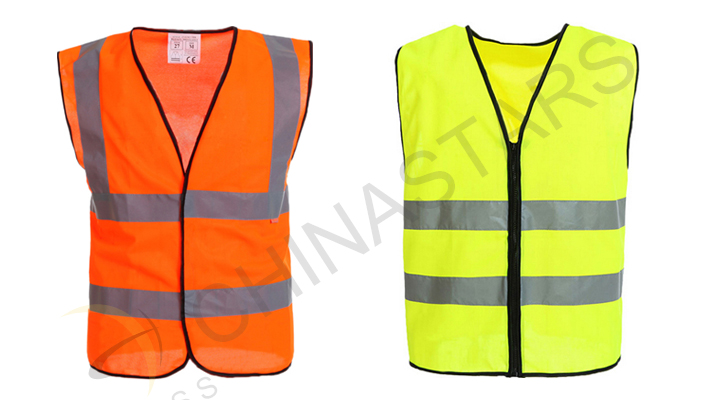Every Saturday, fourteen teenagers learn the basics of firefighting. From age 12, and for four years, they follow theoretical and practical courses. At 16, they are trained and can engage as volunteers.
Classes are taught in barracks, -Haut and, depending on the age of the young firefighters. Photo RL Classes are taught in barracks, Homburg-Haut and, depending on the age of the young firefighters.
With Rangers feet, a jacket with reflective tape, a helmet on his head and a spear in the hands of these teenagers sectors of Freyming-Merlebach, Farébersviller and Homburg-Haut occupy part of their free time.
For over forty years, the barracks of Freyming-Merlebach welcomes young firefighters (JSP). A youth fifteen discovered in these premises, the trade and become familiar with the tools of firefighters.
In the courtyard of the barracks, the pipes are deployed. Chiefs and Fire soldiers are ready for fire. The actors of the day are between 12 and 16 years and are not about to fight real flames. “It’s not sport, Stephaney launches. Something different is convenient and it’s better because there, we learn important things. ”
The first year is devoted to learning the basics, such as the names of the different tools, vehicles and significant gestures. All are driven by a single motivation: that “save lives, says Mégane. Later, when I grew up, this is the way I want my bearings. ”
Other toddlers are driven by this passion passed down from father to son. “My uncle is voluntary, says Stephaney. It was he who told me about the training. I accompanied several times to see. And I wanted to try to be as voluntary when I grow up. ”
Others wish to go further, as Benjamin, “I would become a professional well. All said it was a beautiful job! ”
Recruitment of JSP is done from the age of 12 years. The sessions are held for one year, from September to September of the following year. A learning cycle is organized over four years. The lessons are given by Sergeant Stephaney Lehmann and Sergeant Eric Utrillo.
Four poles are studied: “There is a theoretical part, with learning the names of the reflective material, said Captain Frederick Schulz. We also deal with fires, various actions such as wasp nests or relief to people. This last part is depth in the field. ”
At school each year is sanctioned by examinations before moving to the next level. The fourth and final year at the age of 16, is validated by the Patent Cadets. “This verifies knowledge in theory and in practice,” says Captain Schulz. Sports supplements tested.
Train and educate adolescents is an important stage for professional firefighters and volunteers. “This cycle allows you to discover the barracks, complete Captain Schulz. After years of training, they are all trained and operational. “After learning this new generation can get involved by becoming a volunteer firefighter with reflective vest.”Our goal is to ensure continuity. We can recruit 16 years. The advantage for us in this age, they still continue their education close to the center and can stay with us. ”
For Sergeant Lehmann, one of the trainers, passing the torch is an important act.”We are proud, subsequently, to have them beside us. We are also happy to have them trained. ”
Female staff has its place and is increasingly attracted by this activity. “Today in the barracks, about 10% of the workforce is female.”In Moseley, JASP of 885, 219 are girls.
